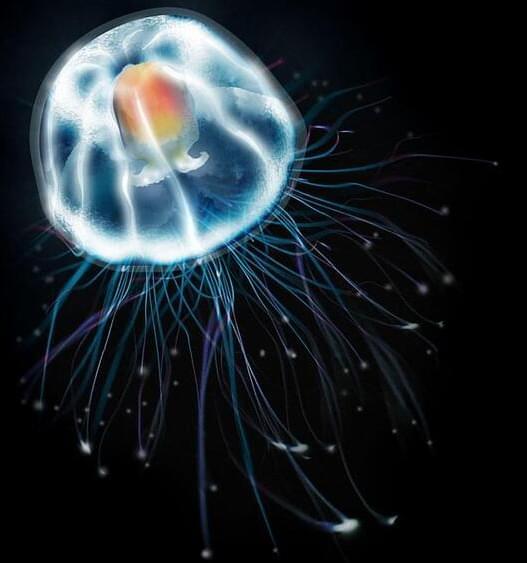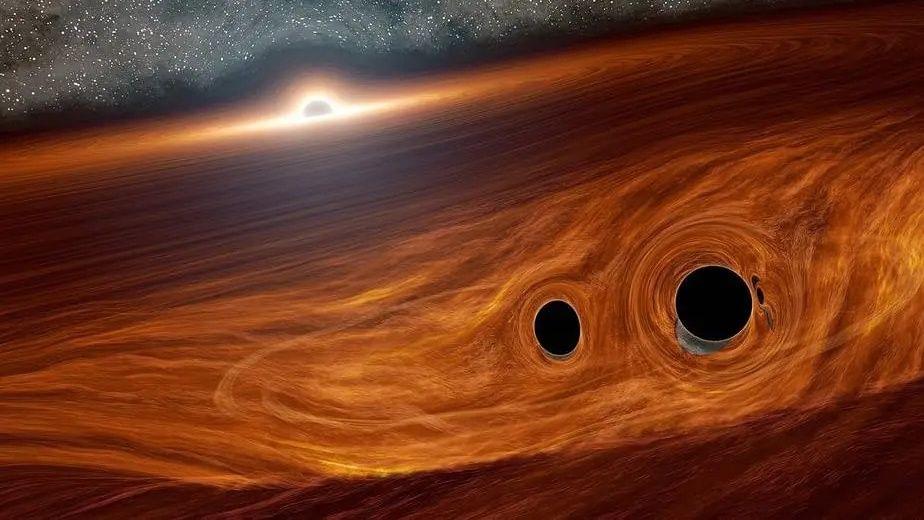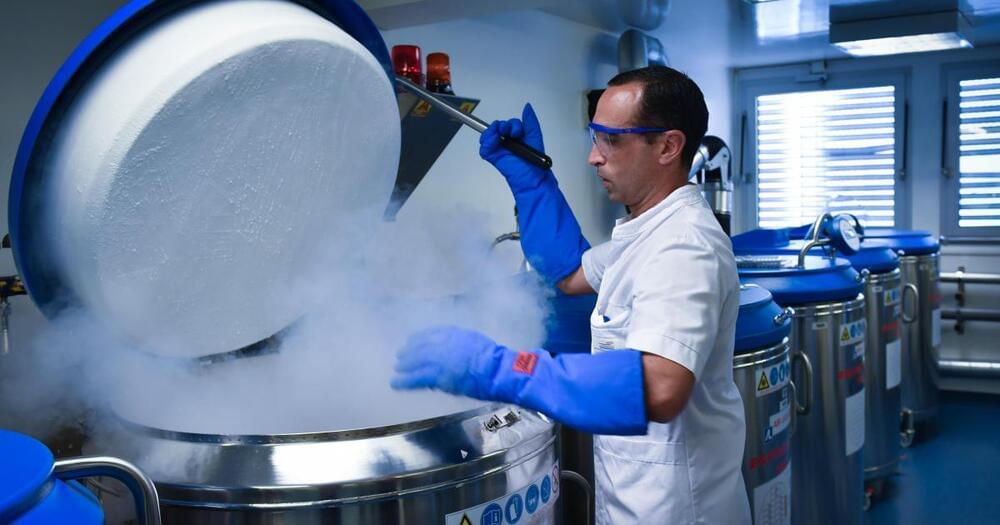Page 858
Jan 6, 2024
Is Radon linked to health condition other than lung cancer?
Posted by Shubham Ghosh Roy in categories: biotech/medical, computing, genetics, health, neuroscience
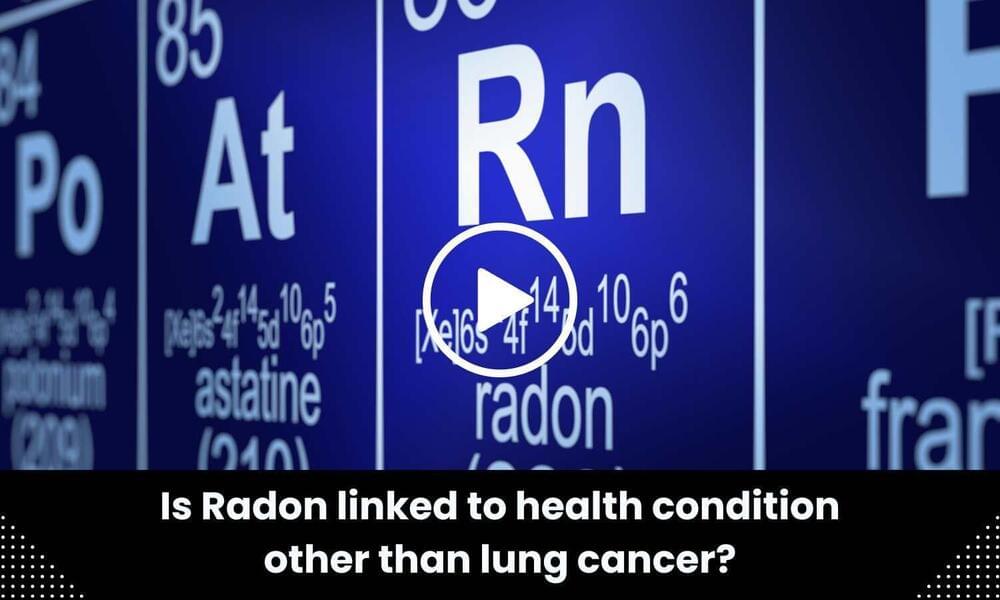
Radon, a naturally occurring radioactive gas produced when metals like uranium or radium break down in rocks and soil, is a known cause of lung cancer. Now new research has found exposure to high levels of this indoor air pollutant is associated with an increased risk of another condition in middle age to older female participants with ischemic stroke. The study is published in the January 3, 2024, online issue of Neurology, the medical journal of the American Academy of Neurology. Ischemic stroke is caused by a blockage of blood flow to the brain and is the most common type of stroke.
The condition, called clonal hematopoiesis of indeterminate potential (CHIP), develops when some hematopoietic stem cells, the building blocks for all blood cells, undergo genetic mutations as a person ages. Cells with such mutations replicate more quickly than cells without them. Previous research has shown people with CHIP may have a higher risk of blood cancers like leukemia and cardiovascular disease including stroke.
Continue reading “Is Radon linked to health condition other than lung cancer?” »
Jan 6, 2024
Police Say AI-Generated Article About Local Murder Is “Entirely” Made Up
Posted by Shubham Ghosh Roy in category: robotics/AI
An AI-generated article about a murder that never happened in New Jersey has police and local news outlets in a tizzy.
Jan 6, 2024
DNA-repairing animals may unlock anti-aging treatments in NEXT DECADE
Posted by Shubham Ghosh Roy in categories: biotech/medical, life extension
During our lives, normal exposures cause DNA damage to build up. Eventually, this causes cancer and age-related diseases. Studying DNA-repairing animals could help treat these issues.
Jan 6, 2024
Is a black hole stuck inside the sun? No, but here’s why scientists are asking
Posted by Shubham Ghosh Roy in categories: cosmology, particle physics
To that end, Caplan is part of a crew that posits the dark matter portion of the dark universe could very well be made up of not particles like we imagine, but instead a huge number of atom-size black holes produced during the dawn of the universe, each of which is about as massive as a typical asteroid in our own solar system. “I think all dark matter candidates are just a little bit wild,” Caplan, who is an assistant professor of physics at Illinois State University, told Space.com. “Some guesses are better than others, and primordial black holes are taken seriously. I’ll go so far as to say I think they’re popular.”
But to turn the hypothesis into fact, he says, scientists have to actually find one of these miniscule ancient voids — which brings us to this new black-hole-sun conversation. Potentially, Caplan and his co-authors say in their papers, some of those ultrasmall black holes might’ve gotten caught up in dust clouds in the midst of forming stars. Potentially, they might’ve ended up literally lodged in those eventual sparkling oceans of plasma. Potentially, they might still be there.
So, no, there is probably not a black hole in the center of our star — but there might be other stars gallivanting through space with black holes indeed wedged within their hearts.
Jan 6, 2024
Great Problems: Consciousness and the Experience Recorder and Reproducer (ERR)
Posted by Dan Breeden in category: neuroscience
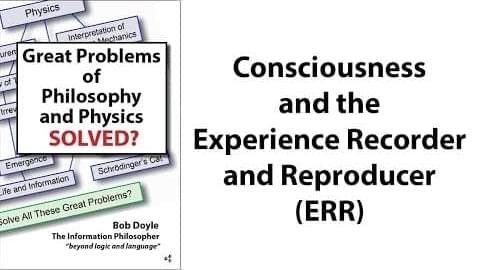
Consciousness, “What It’s Like To Be…,” and “subjective experiences” can be explained by the Experience Recorder and Reproducer (ERR).\
We propose that a minimal primitive mind would need only to \.
Jan 6, 2024
Great Problems: The “Hard Problem” of Consciousness and the Mind-Body Problem
Posted by Dan Breeden in category: neuroscience
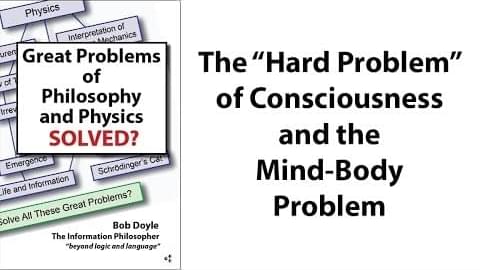
My first Great Problems lecture will be on the Mind-Body problem and David Chalmers “hard problem.” See consciousness, panpsychism pages on I-phi website.
Jan 6, 2024
A cancer immunotherapy technique may prevent diabetes
Posted by Shubham Ghosh Roy in categories: biotech/medical, neuroscience
Nearly 2 million Americans suffer from type 1 diabetes — a condition that causes drastic spikes or drops in sugar levels and, in turn, dizziness, nausea, and fatigue. It’s a condition that must constantly be monitored, something that a lot of diabetics find mentally exhausting.
One diabetic, Naomi, told the BBC that she couldn’t handle “the physical or mental challenges of diabetes anymore,” and struggled to monitor her blood sugar levels multiple times a day. Naomi’s struggle isn’t unique — it’s called diabetes burnout.
There’s no cure for type 1 diabetes. However, researchers at the University of Arizona have adapted a cancer immunotherapy technique that has produced promising results in treating diabetes (in mice). The researchers engineered immune cells to fight off rogue T cells (immune cells that go haywire and attack the body) that can damage the pancreas, causing type 1 diabetes.
Jan 6, 2024
Neutron Stars — The Most Extreme Things that are not Black Holes
Posted by Shubham Ghosh Roy in categories: cosmology, futurism

Get your 12,020 SPACE Calendar here: https://shop.kurzgesagt.org/
WORLDWIDE SHIPPING IS AVAILABLE!
This year’s calendar focuses on the future of humanity and how we will explore space in the next 10,000 years.
We want to get you the best shipping fees. So If you’re located in the EU, please order from our EU-warehouse. If you’re located anywhere else in the world, please go to our World Wide Shop. (The link is the same you will be asked to choose your location once you are there.)
Thanks to everyone for the support!
Continue reading “Neutron Stars — The Most Extreme Things that are not Black Holes” »
Jan 6, 2024
Photochemistry and a new catalyst could make fertilizer more sustainable
Posted by Shailesh Prasad in categories: chemistry, energy, sustainability
Georgia Tech engineers are working to make fertilizer more sustainable—from production to productive reuse of the runoff after application—and a pair of new studies is offering promising avenues at both ends of the process.
In one paper, researchers have unraveled how nitrogen, water, carbon, and light can interact with a catalyst to produce ammonia at ambient temperature and pressure, a much less energy-intensive approach than current practice. The second paper describes a stable catalyst able to convert waste fertilizer back into nonpolluting nitrogen that could one day be used to make new fertilizer.
Significant work remains on both processes, but the senior author on the papers, Marta Hatzell, said they’re a step toward a more sustainable cycle that still meets the needs of a growing worldwide population.


